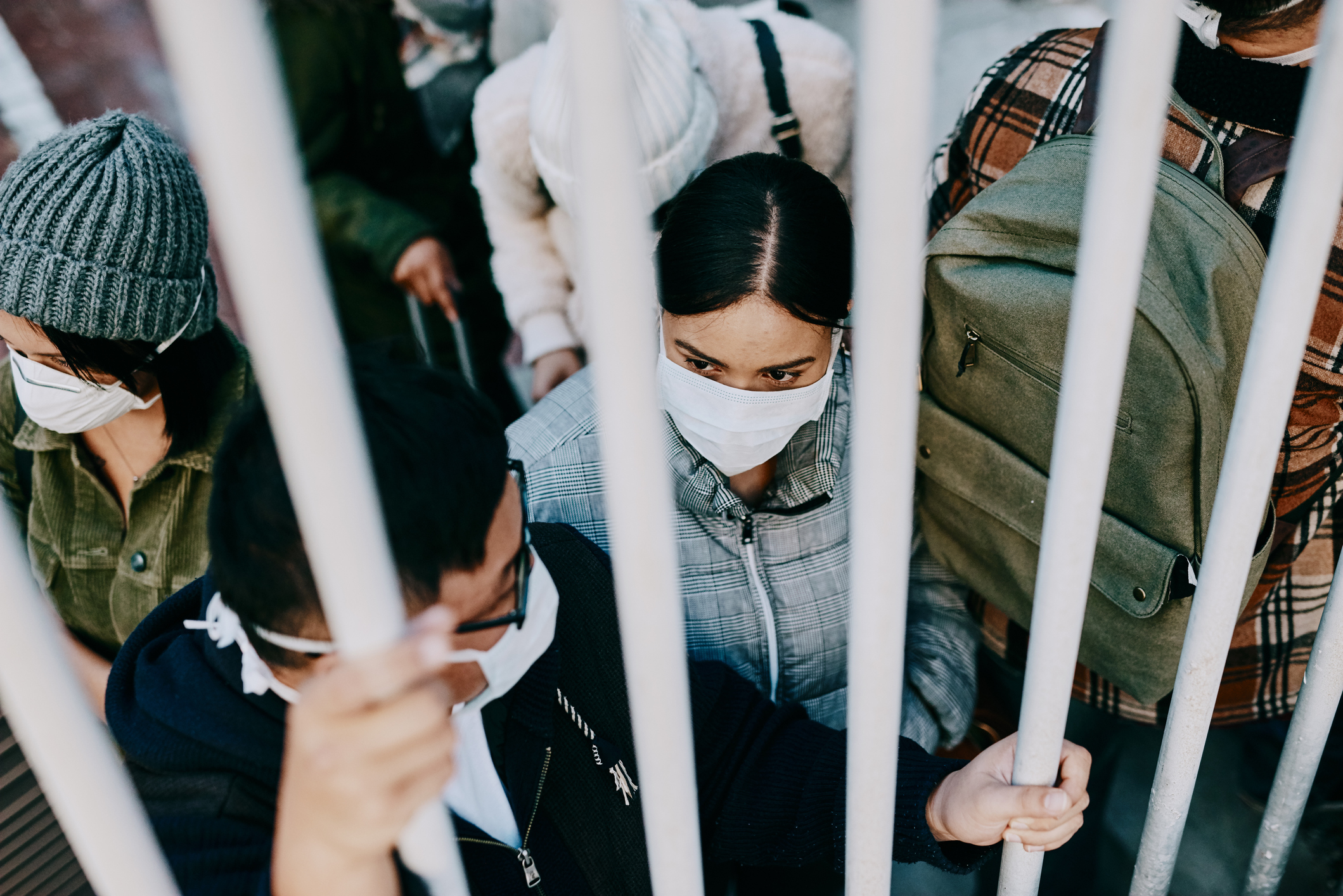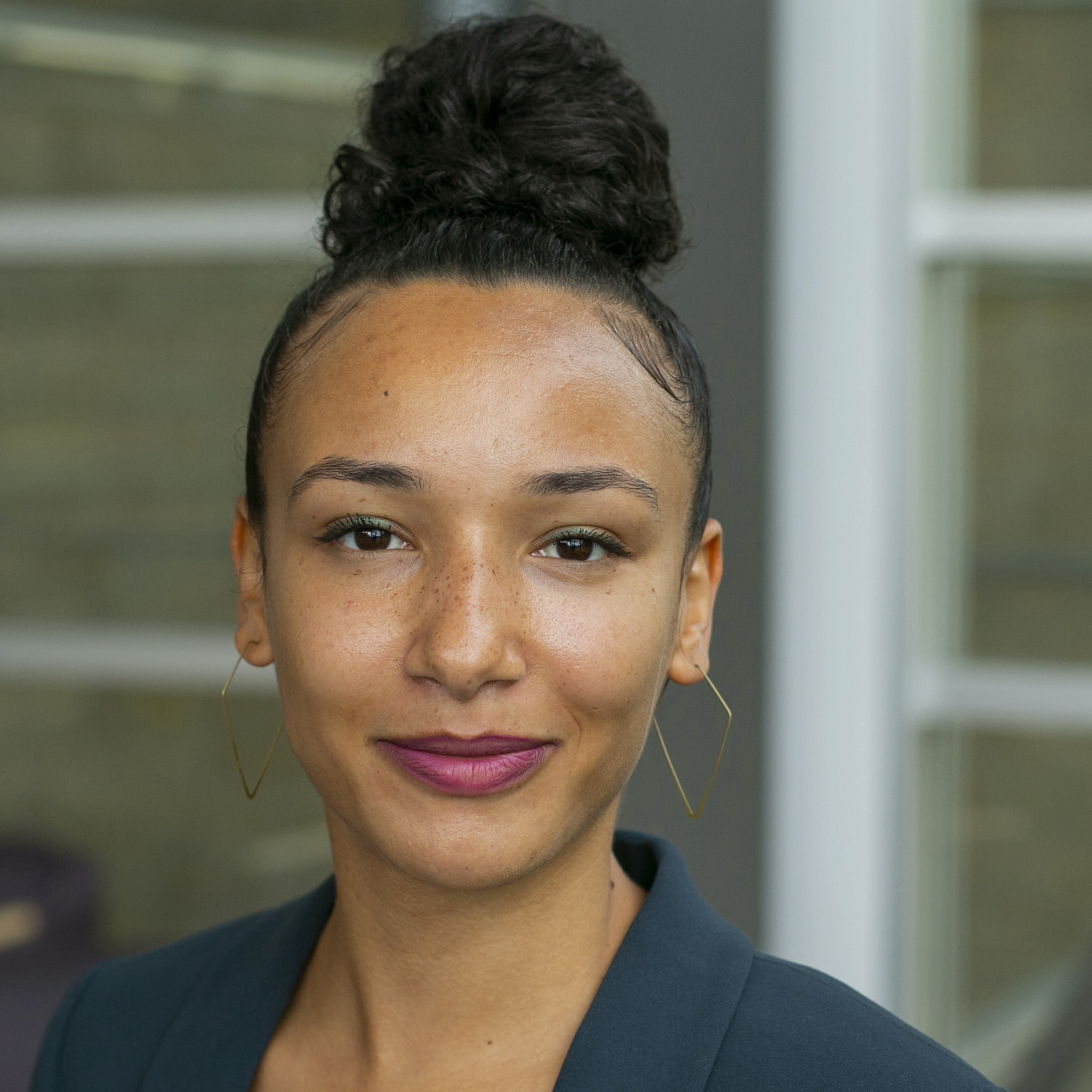
Survivors of color who report domestic violence and sexual assault risk exposure to further harm.
Skeptics of penal abolition frequently point to domestic violence and sexual assault as a reason to maintain the status quo. These arguments overlook the carceral state’s own role in producing and perpetuating harm against survivors of interpersonal and structural violence.
Law enforcement’s use of DNA against survivors, purportedly collected to protect them, adds to the many reasons that survivors choose not to cooperate with the police or other parts of the carceral state. The San Francisco Police Department, for example, faced backlash in February of this year after using a woman’s DNA, collected from a rape kit, to link her to a property crime. In response to stories like this, anti-carceral feminists have cautioned against relying on law enforcement in the fight against gender-based violence for decades.
State-inflicted violence routinely harms Black women and girls. Still, survivors are expected to assist the system that harms their communities, families, and children by cooperating with police and other state actors. Some argue that forcing survivors to participate in prosecuting their alleged abusers is in their best interest.
In a forthcoming paper, I argue that the family regulation system coerces survivors of domestic violence to produce narratives that comport with already existing stereotypes about victimhood. Those who refuse to align their stories and actions with the expectations of the system risk losing their children permanently. The family regulation system rewards those who articulate their experiences in ways that legitimize state intervention. The stereotyping of survivors as incapable of making good decisions for their children relies on psychologist Lenore Walker’s theory of “learned helplessness,” by which “battered women” become dependent on their abusers and require state intervention for safety. Survivors who defy these stereotyped narratives or refuse, for any reason, to cooperate with the carceral state are punished.
Currently, Tracy McCarter, a survivor of domestic violence, is awaiting trial for a second-degree murder charge. Tracy McCarter separated from her estranged husband in 2019 after he kicked, punched, and choked her. One night, he arrived at her home intoxicated. When he attacked her, she defended herself. Tracy McCarter was arrested and incarcerated on Rikers Island for six months with no bail, as COVID-19 quickly spread and killed multiple people. The vast majority of incarcerated women are survivors of violence. According to a study by the Vera Institute of Justice, 86 percent of women in jail have experienced sexual assault.
Families in marginalized communities experience widespread surveillance, including by the family regulation system, an apparatus that is more commonly known as the “child welfare system.” The power to remove children from their parents and engage in invasive family surveillance gives system actors much leverage. Every year, approximately 250,000 children enter the foster system.
Racial disproportionality is pervasive at all stages of family regulation intervention. Black families are reported to maltreatment hotlines more frequently. Once a report is made, investigations of Black families lead to family separation more frequently than for white families. Although Black children represent about 14 percent of the population, they comprise 23 percent of children in the foster system. According to a report by the Movement for Family Power, 1 in 9 children removed from their parents’ care is Black whereas 1 in 17 is white. Once removed, Black children remain in the foster system for longer periods of time. In many cases, the investigation includes allegations of domestic violence.
Stories of the family regulation system punishing survivors for “exposing” their children to domestic violence are numerous. In some cases, survivors have reached out to the police or child protective services for help only to become the subject of an investigation. Even when a case against a survivor does not lead to the removal of her child, the survivor may face other forms of surveillance and punishment, such as the loss of employment.
For some survivors, mere physical presence in family court means risking detention and deportation. In one instance, a mother of two was arrested by U.S. Immigration and Custom Enforcement (ICE) when she appeared in family court after an altercation with her child’s father. The Immigrant Defense Project reported a 1,700 percent increase in arrests and attempted arrests by ICE in New York criminal, civil, and family courts between 2016 and 2019. Half of these arrests occurred after the New York State Unified Court System issued a directive to limit arrests inside courthouses. In response, the Immigration Defense Project warns that “consequent threats to universal access to justice and to public safety are tremendous, as immigrant communities become too afraid to seek justice in criminal, family, and civil courts.”
Although recognition of the pervasive structural harms inflicted by carceral solutions is growing more mainstream, progressive critiques of the abolition movement tend to focus on domestic violence and sexual assault as barriers to a world without prisons. These critiques miss the wide spectrum of violence perpetuated by the carceral state itself, including police misconduct, sexual assault in prisons, conditions that expose incarcerated people to COVID-19, and the violence of family separation at the border and elsewhere.
Fear of broad structural change is often informed by the fear of the dangerous “other,” while the system that perpetuates violence through sexism, racism, and exploitation remains invisible—at least to those who refuse to see it.
Through collective knowledge building and support, anti-carceral feminists, many of them women of color, have resisted reliance on the carceral state for decades. Today, directly impacted families and survivors are shifting the mainstream narrative by centering an abolitionist framework in conversations about violence and safety in the criminal legal system and beyond. Instead of bandaging symptoms, abolitionists work to identify and prevent wounds. Abolition is a visionary project that questions the status quo and dares to imagine a safe society for everyone, everywhere.
This essay is part of a seven-part series titled Race and Regulation.




